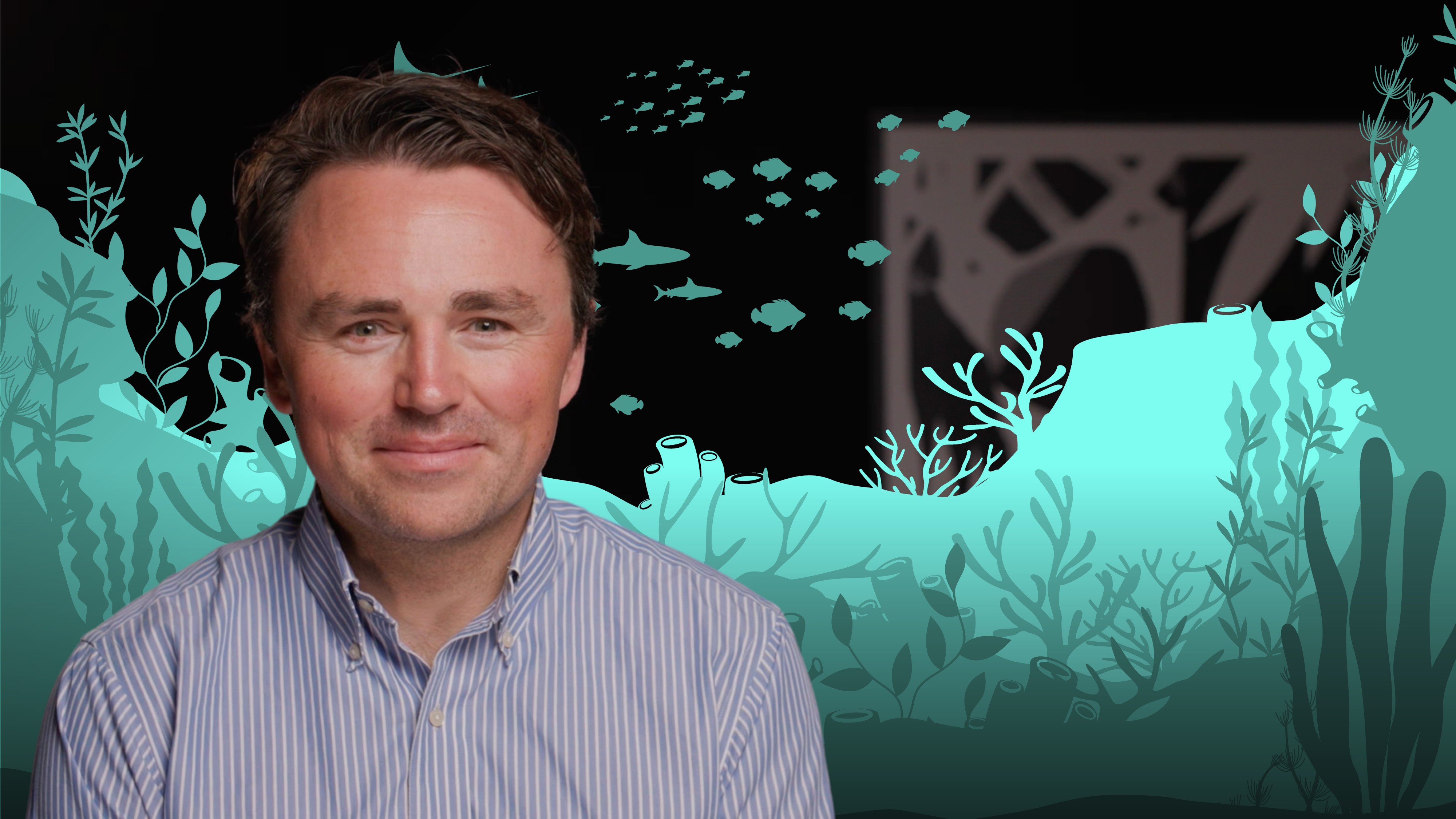
Blue Financing and Ocean-based Solutions

Vincent Kneefel
15 years: Ocean conservationist
Climate change is undeniable. So how can we fight the climate crisis in our oceans? Join Vincent Kneefel as he explores two options: financial instruments, such as blue bonds, and nature-based solutions, such as blue carbon.
Climate change is undeniable. So how can we fight the climate crisis in our oceans? Join Vincent Kneefel as he explores two options: financial instruments, such as blue bonds, and nature-based solutions, such as blue carbon.
Subscribe to watch
Access this and all of the content on our platform by signing up for a 7-day free trial.

Blue Financing and Ocean-based Solutions
14 mins 23 secs
Key learning objectives:
Define a blue bond
Outline the steps for blue bond issuance
Identify examples of blue carbon projects
Overview:
There are two methods for saving the ocean: financial instruments (i.e. blue bonds) and nature-based solutions (i.e. blue carbon). The World Bank defines blue bonds as a debt instrument issued by governments, development banks or others to raise capital from impact investors to finance marine and ocean-based projects that have positive environmental, economic and climate benefits. There are important steps to follow when issuing blue bonds including: aligning with global standards, developing KPIs, securing second-party opinions and listing on an ESG exchange. Blue carbon projects that can help the ocean include: ocean farms, mangroves, seagrass and kelp forests.
Subscribe to watch
Access this and all of the content on our platform by signing up for a 7-day free trial.
What is a blue bond?
The World Bank defines blue bonds as “a debt instrument issued by governments, development banks or others to raise capital from impact investors to finance marine and ocean-based projects that have positive environmental, economic and climate benefits.” In short, blue bonds are pioneering financial instruments that are designed to support sustainable marine and fisheries projects. They are a subset of the green bonds.
What are the steps for issuing a blue bond?
1. Aligning with existing global standards
This involves following globally recognised standards such as the International Capital Market Association’s (ICMA), green bond or sustainability-linked bond principles. Issuers can follow the recommended structuring features, disclosure, and reporting obligations.
2. Developing a blue bond framework by creating a baseline, key performance indicators, and disclosing relevant performance metrics
When setting a blue bond baseline, an issuer must ensure its business model and strategy aligns its proposed issuance with the various existing sustainable finance principles, as well as the blue finance principles which are being developed.
3. Securing a second party opinion
Second party opinions offer prospective investors an insight into the sustainability aspects of the bond, as well as that of the issuer.
4. Listing the blue bond on an exchange
Listing a blue bond provides a platform for investors and issuers to generate greater market liquidity and transparent price discovery.
What are some examples of blue carbon projects?
1. Ocean farms
Ocean farms function as some of the largest carbon sinks and economic drivers in a regenerative economy. Conservative estimates show that every acre of macroalgae farms absorbs five tonnes of carbon. 2. Mangroves
Carbon is captured both in the trees and the soil of mangroves. Trees and plants which grow in waters near to the shoreline are critical defences for coastal communities, carbon sinks, and an anchor for biodiversity.
3. Seagrass
Seagrass occupies just 0.1 percent of the ocean area, yet provides nurseries for 20 percent of the largest fisheries on the planet and 10 percent of the carbon buried in the ocean.
4. Kelp Forests
Kelp absorbs carbon dioxide and nitrogen compounds, helping clean the atmosphere while capturing up to 20 times more carbon per acre than land forests.
Subscribe to watch
Access this and all of the content on our platform by signing up for a 7-day free trial.

Vincent Kneefel
There are no available Videos from "Vincent Kneefel"





























